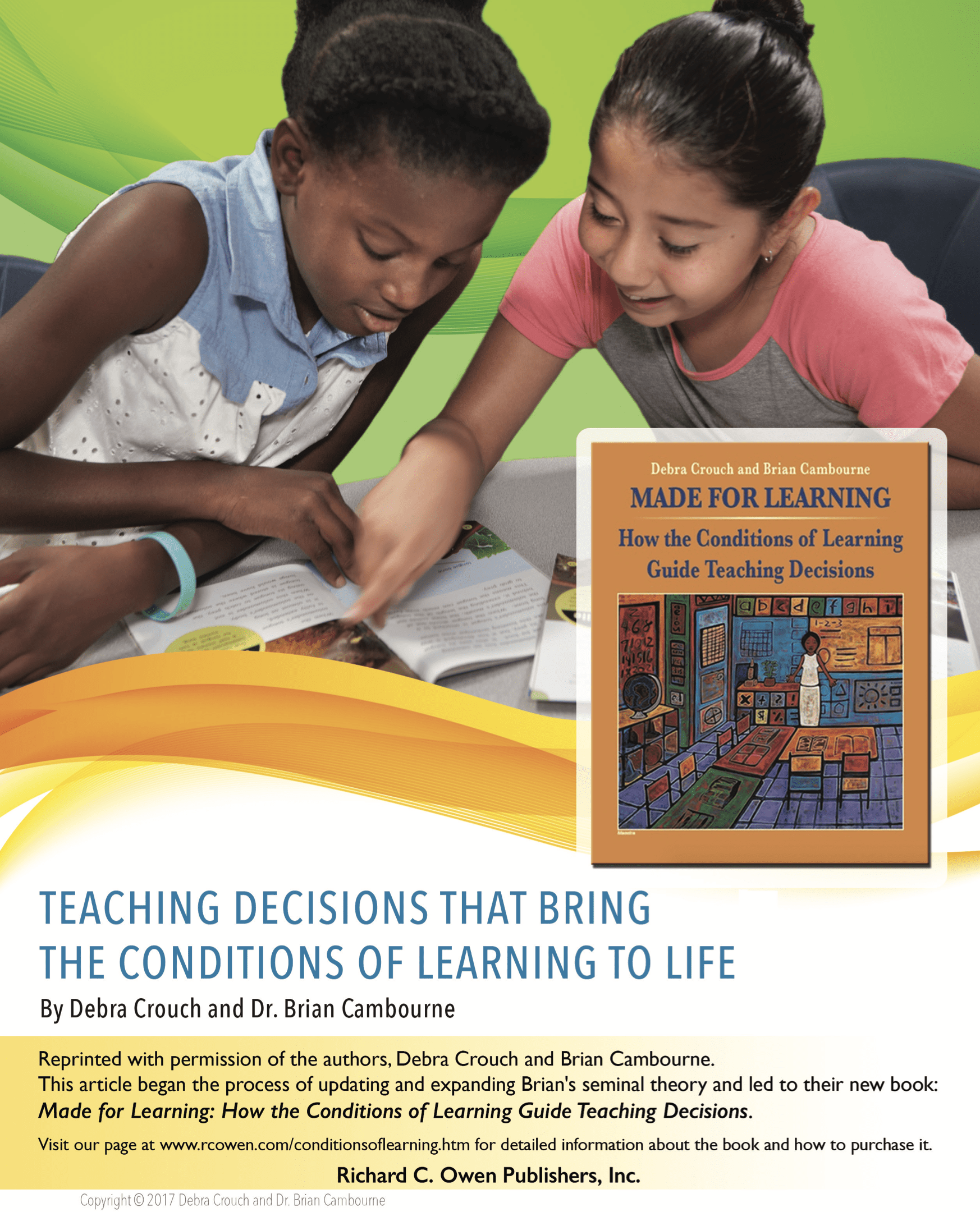Introduction
Teachers are in the business of learning. We set up our classrooms, assess our students, and create our lessons. We select books, form reading groups, and teach students in those groups regularly. We create complex daily schedules packed with readers’ (and writers’) workshops, guided reading blocks, and independent reading time. We think aloud, make sure to cover all the comprehension strategies, and use sentence stems to get kids talking. We ask higher-level questions, use turn-and-talk strategies, and make sure every student can write a response to a text. And yet, we still grapple with instructional dilemmas that include these familiar questions:
“Some of my kids just can’t seem to settle on a book to read during independent reading. I’m not sure they’re really reading. How can I make them more accountable?”
“How many times should I meet with each of my guided reading groups in a week? How long should I spend on a book? And how long should the lessons be?”
“My kids just aren’t talking deeply about books. I ask higher-level comp-rehension questions, but nothing works. How can I make them think more deeply?”
“I’ve taught comprehension strategies, but my kids don’t apply them in independent reading. How can I make them use those strategies to become more independent?”
“What does it look like when kids are actively participating? How should I hold them accountable for contribut-ing to discussions and talking with their partners? How do I know whether they’re progressing?”
And, confronted by so many questions, we begin to wonder as teachers: “Why is this so hard? What does my principal want me to do? What’s wrong with my kids? What’s wrong with me?”
We face many challenges when teaching readers, and the literature about teaching that is supposed to help us deal with those challenges is plentiful. Indeed, we’re all but bombarded with the most current tips, ideas, and photos that reveal what teachers can do to make everything work smoothly while also meeting every standard in the process—no wonder we sometimes feel overwhelmed! But maybe we have enough ideas about how to teach. And maybe it’s time to solidify what we know and want for our learners—and to revisit the basis for the kind of teaching we strive for in our classrooms.
The questions we have and the challenges we face when teaching readers stem from a philosophical root cause: We have mapped a belief system about learning and teaching onto instructional strategies and methods that evolved from a very different belief system.
A common perspective of learning posits that it starts with teaching, an effort that is applied to a learner. In this belief system, an adult teacher passes on ideas and information to a less experienced student. The learner is considered a passive recipient of these ideas and information. Students are asked to restate the ideas and information the teacher presented as proof of learning. In this model of learning, the thinking is that teachers must “cover” every comprehension strategy and individual reading skill so that children can succeed; without that instruction, students won’t be successful readers. Within this system, we assess children to find out what they don’t know and what they didn’t absorb from instruction. The resulting teaching experiences are an ongoing effort to fill in the gaps. This belief system considers the teaching stance first. The primary question a teacher asks is: “What do I do to teach the learner to read?”

